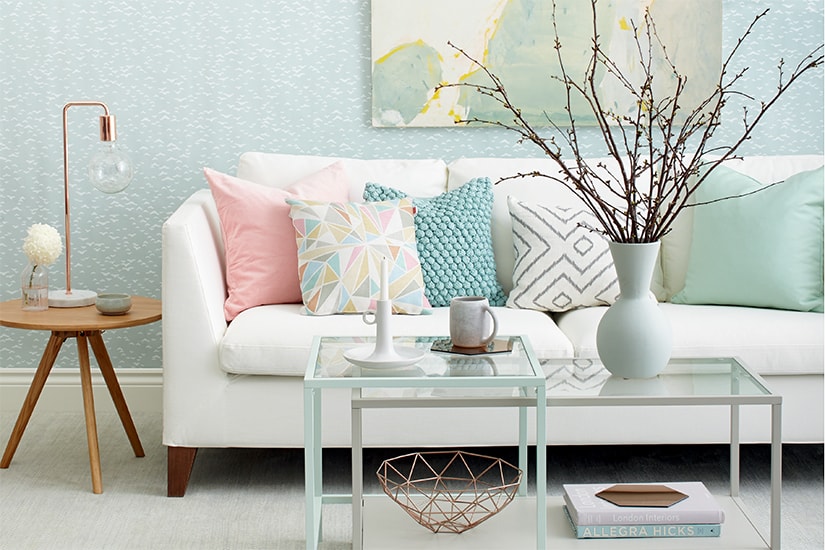Organizing Ideas
Organizing 101: Organizing keepsakes

Organizing Ideas
Organizing 101: Organizing keepsakes
What do you do when memorabilia that should make you feel good starts cluttering up your home? Take a trip down memory lane and decide what should stay or go -- and how to organize, display and store the keepers. Here's a road map for doing that.
Keep or toss?
• Sort everything into categories -- letters, photos, clothing, etc.
• If an item makes you feel good, keep it; if not, toss it.
• Consider an object's financial worth and value as an heirloom. Gran's vase might be hideous to you, but another family member may cherish it.
• If old letters or cards aren't significant (emotionally or from a family history point of view), don't keep them.
• Toss anything damaged beyond repair. If an item might have value, take it to a conservator to assess whether it can be stabilized.
• Get rid of out-of-focus or bad photos unless they have unique significance, like the only photo of your great-gran with the new baby.
• Scan favourite school essays to store on the computer; toss the rest.
• Frame meaningful kids' artwork; scan or take digital pictures of a few more favourites and toss the rest.
• Recycle gifts you dislike. It honours no one to keep things that offer no enjoyment, but don't be afraid to hold on to items others would view as clutter; my late father's bowling trophy is pretty kitschy, but I'll always feel tender at the sight of it.
Display or not?
Ask yourself the following questions:
• Is this item gorgeous?
• Will it create clutter?
• Do I have enough space?
• Does it fit in with my style and does that matter? (The piece may mean so much you want to see it, even if it's hot pink and your scheme is beige.)
• Is it fragile or will displaying it endanger its longevity? (Enemies of memorabilia include dust, mould, mildew, moisture, excessive temperatures and sunlight.)
• If valuable, is it covered under my insurance policy?
What about storage?
• Decide how much space you need for keepsakes, like a plastic bin, trunk or entire walk-in closet.
• Avoid areas with fluctuating temperatures, like unheated garages, attics and unfinished basements. If the room might flood or has an unheated floor, place items on shelves or risers.
• Clean the area regularly to keep it pest-free (use traps, if needed).
• Include a written history, such as age and origin, with each object.
• Use archival boxes designed for garment, paper or photo storage.
• Ensure photo albums are acid-free (plastic sleeves are safe only if they're PVC-free).
• Wrap clean textiles in acid-free tissue.
• Don't store newsprint, which contains damaging lignin and acid, with collectibles, photos or important papers.
• Dust and store valuable books in an archival box; handle them with 100 per cent cotton gloves, as conservators do.














Comments